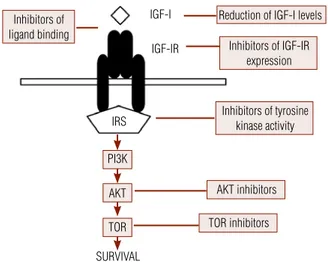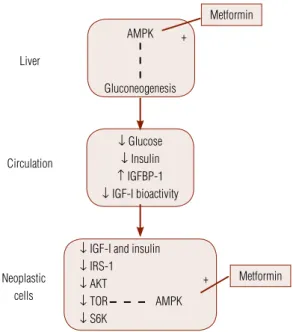Arq Bras Endocrinol Metab vol.53 número8
Texto
Imagem




Documentos relacionados
Objective: Determine how serum prostate-specific antigen (t-PSA) levels and free PSA (f/t PSA) ratio change following transurethral resection of the prostate (TURP).. Materials
Purpose: To evaluate if the expression of metalloproteinase, collagen I and III are related to Gleason score, preoperative PSA and pathological stage in prostate cancer..
Clinical diagnosis was established according to AMS questionnaire (positive if equal to or higher than 27 points), and laboratorial diagnosis was made through low values of
Another study followed during a mean interval of 33.8 months, with 81 hypogona- dal males under hormone replacement, demonstrated that prostate cancer could be
Results: The subjects from Group 2 com- pared to Group 1 presented higher body mass index (BMI), waist and hip circumferences, insu- lin, homeostasis model assessment
A study of 3,014 Swedish men also established a stronger frac- ture risk for free than for total androgen and estrogen levels (34): older men with high serum SHBG had an
Our case report demonstrated that it is possible to break into this vicious circle by raising testosterone le- vels in subjects with the MS, severe obesity and low
After the Prostate Cancer Prevention Trial (PCPT) study showed cancer in at least 15% of patients with PSA < 4 ng/mL, prostate biopsy began to be recommended with lower PSA